THE YUGO
THE YUGO
The Rise and Fall
of the Worst Car in History

JASON VUIC
 Hill and Wang
Hill and Wang
A division of Farrar, Straus and Giroux
New York
Hill and Wang
A division of Farrar, Straus and Giroux
18 West 18th Street, New York 10011
Copyright 2010 by Jason Vuic
All rights reserved
Distributed in Canada by D&M Publishers, Inc.
Printed in the United States of America
First edition, 2010
Grateful acknowledgment is made for permission to reprint the following material: Lyrics to Jugo 45 by Zabranjeno Pusenje, reprinted by permission of Dario Vitez, and lyrics to The Bricklin by Charlie Russell, reprinted by permission of Charlie Russell.
Library of Congress Cataloging-in-Publication Data
Vuic, Jason, 1972
The Yugo : the rise and fall of the worst car in history / Jason Vuic.1st ed.
p. cm.
Includes bibliographical references and index.
ISBN 978-0-8090-9891-0 (hardcover : alk. paper)
1. Zastava automobileHistory. 2. Automobiles, ForeignUnited States. 3. AutomobilesYugoslaviaHistory. I. Title.
TL215.Z32V58 2009
629.222'2dc22
2009025612
Designed by Jonathan D. Lippincott
www.fsgbooks.com
10 9 8 7 6 5 4 3 2 1
For Nancy and the Gerb
THE YUGO
Introduction
Q: What do you call the passengers in a Yugo?
A: Shock absorbers.
The artist Kevin OCallaghan builds really big thingsreally big, really poppy, really visual things, like a giant pair of glasses for the singer Elton John or TV and movie sets for A&E, ABC, and the kids network Nickelodeon. OCallaghan is a master of 3-D illustration, and teaches a course on the subject at the prestigious School of Visual Arts in Manhattan.
But OCallaghans most popular show, bar none, was on the Yugo, the failed car from Yugoslavia. I was driving around one day and saw some kids playing stickball, he said, and they were using a Yugo as the backstop. OCallaghan stopped and asked them about it. Does your father know youre doing this? [And the kids] said Yeah, its a piece of junk.
Then his students went to work. They transformed the automobiles into truly eye-popping displays that one magazine called witty, playful, [and] brilliant... impeccably crafted and technically amazing.
Squeezing Lemons to Make Art, read a Washington Post headline. Sad Little Cars Given New Life as Sculpture, said The Dallas Morning News. In all, several dozen newspapers and magazines reviewed the exhibit, giving it high praise for its creativity, sense of humor, and optimism. The reviews also agreed that the Yugo, the tiny, unassuming $3,990 import, was a hopelessly degenerate hunk of trash.
But was the Yugo that bad? Can any car, even a bad car, be a hopelessly degenerate hunk of trash? Why was the Yugo so reviled? Even today, a simple Google search of the terms Yugo and worst car receives more than twenty thousand hits. In 2000, listeners of the popular National Public Radio program Car Talk voted the Yugo the Worst Car of the Millennium.
Comedians use the Yugo for their jokes. President [George H. W.] Bush again denied that the U.S. is in a recession, quipped Jay Leno. I dont know if people believed him. After his speech [he] returned to the airport in [a] presidential limo [named] Yugo One.
In short, the Yugo is an icon. People made fun of the Edsel, wrote one author, Fords $400 million mistake... [but] at least the Edsel worked... The dreadful Yugo, on the other hand, was both hard to view on a full stomach and an out-and-out vile little car that stretched the most generous usage of [the terms] shoddy and slapped together. The car was less reliable than... a Halliburton financial disclosure... [and] will likely hold in perpetual ignominy the title of Worst Car Ever Sold to the American Public. Strong words, but what do we know about the Yugo? Who imported it? Who made it? And why? One would think that such an iconic automobile would have a story behind it, a tale, but what most Americans know are the jokes: How do you make a Yugo go faster? Use a tow truck. How do you double the value of your Yugo? Fill the gas tank. Whats included in every Yugo owners manual? A bus schedule.
But what Americans dont know, for instance, is that it was the fastest-selling first-year European import in U.S. history. Or that when the Yugo went on sale in America, there were lines at some dealerships ten deep. Or that Yugo dealers once sold 1,050 cars in a single day. Or that Chrysler once offered to buy the company, or that its CEO, Malcolm Bricklin, was the first person to bring Subaru to the United States. What Americans do know is that the Yugo was bad, really bad, but relatively few people have ever seen one. The company sold, at most, 150,000 cars between 1985 and 1992. Since then, their numbers have dwindled to perhaps 1,000 working Yugos. (And thats generous: as of 1999 there were more than seventeen million registered vehicles in Florida, but just one registered Yugo.)
So was the Yugo that bad? Yes... by almost any measure. It was cheap, poorly built, somewhat unsafe in a crash, prone to breakdowns, and dirty emissions-wise, and for such a small automobile its gas mileage was poor. In 1986, Consumer Reports wrote that it was better to buy a good used car than a new Yugo. That same year the Yugo ranked thirty-three out of thirty-three in a J.D. Power and Associates consumer satisfaction survey, and in a series of 5-mile-per-hour crash tests conducted by the Insurance Institute for Highway Safety (IIHS), it sustained a whopping $2,197 in damage, more than twenty-three other cars. In 1987 it topped both the Massachusetts and New York state Lemon Indexes, and in 1988, in the midst of a Motor Trend magazine road test, the Yugo GVX broke down. The Yugo was also last in a North Carolina emissions test and last in a Car Book survey of resale values, and in a report published by the IIHS the Yugo had the eighth highest death rate of any 198488 model-year automobile on the highway between 1985 and 1989. So, yes, the Yugo was bad.
But was it the worst car in history? No. Any ranking is subjective, but as a rule if an automobile passes U.S. safety and emissions tests it is a relatively decent car. Not necessarily a good car or a reliable car, but one that has met certain basic, presale standards that are among the toughest in the world. Said one Peugeot executive, whose company left America in 1991, There were considerable changes [we had to comply with]. Emissions systems, injection equipment, [and] on-board diagnostics are all different on U.S. vehicles... and [they] must be reinforced for crash requirements and fuel-system integrity... It [simply] has to be done. The standards were that tight. Thus, theres a reason why Russian Ladas and Samaras arent sold here, or why Indian Tatas or Malaysian Protons or Chinese Dongfengs havent captured the American market (though, in the case of Chinese cars, this may indeed happen).
For my vote, the worst car ever sold in America was the Subaru 360, a car so light it was exempt from federal safety regulations and was considered a covered motorcycle (see Chapter Two). It had forward-opening suicide doors, burned a quart of outboard motor oil every 260 miles, and had front and rear bumpers that were several inches lower than those of any car on the road.



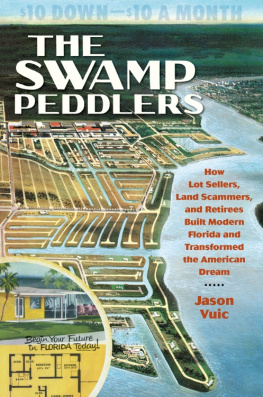
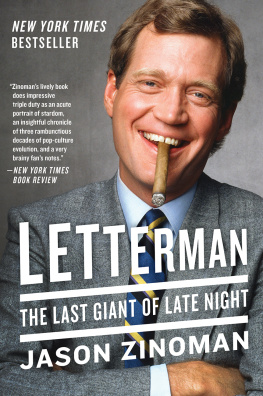



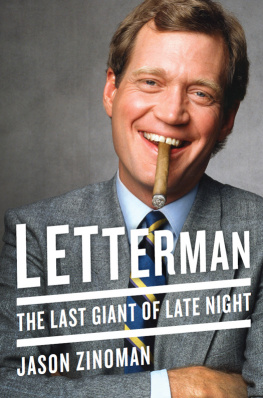
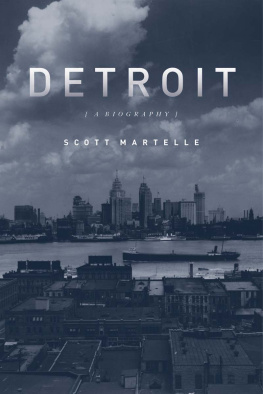
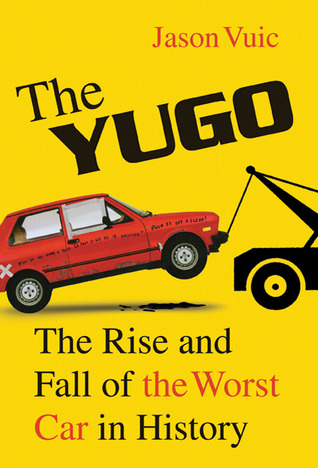

 Hill and Wang
Hill and Wang